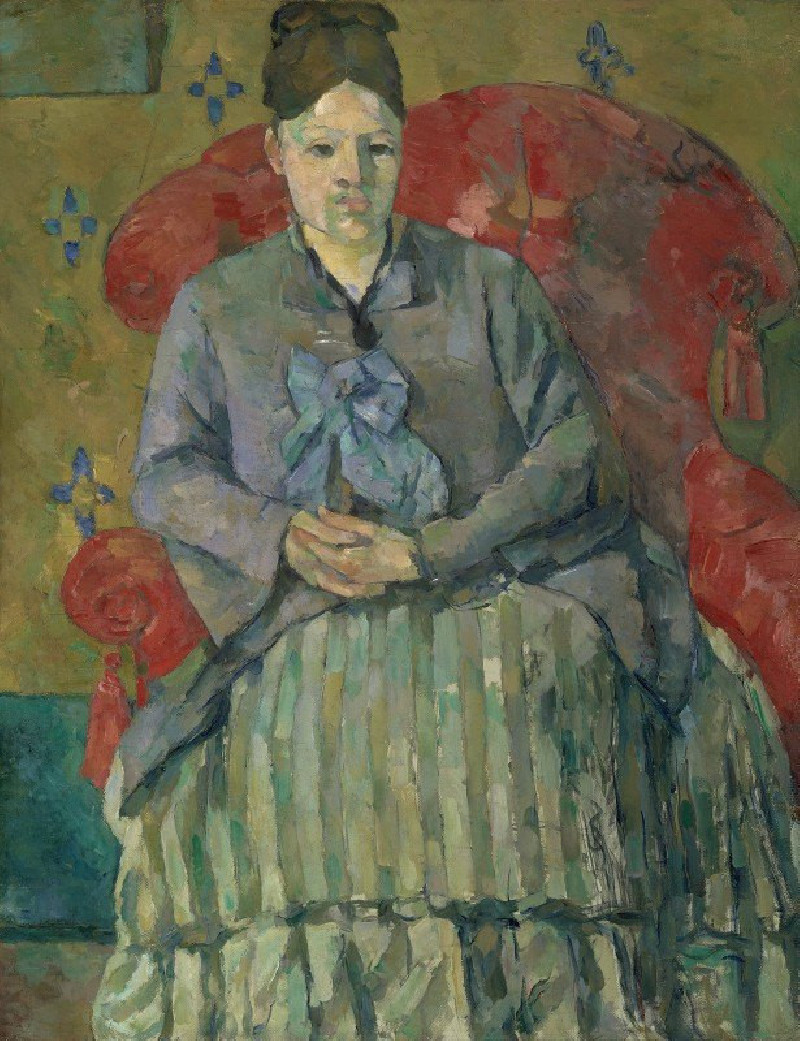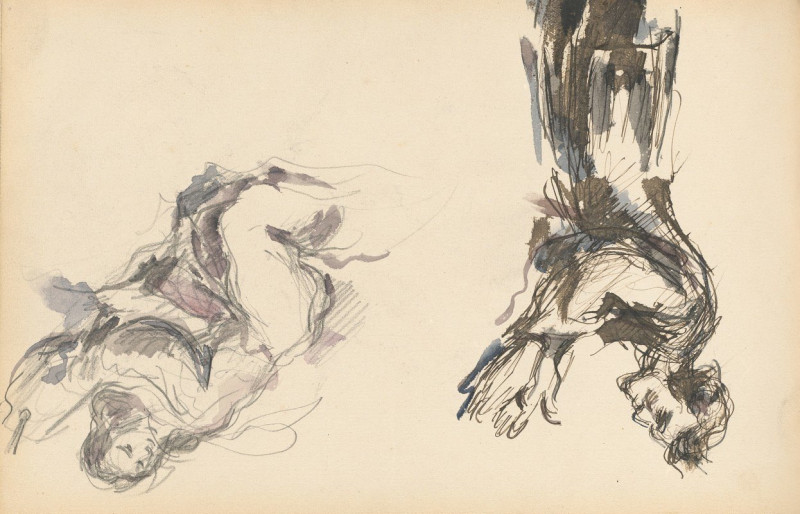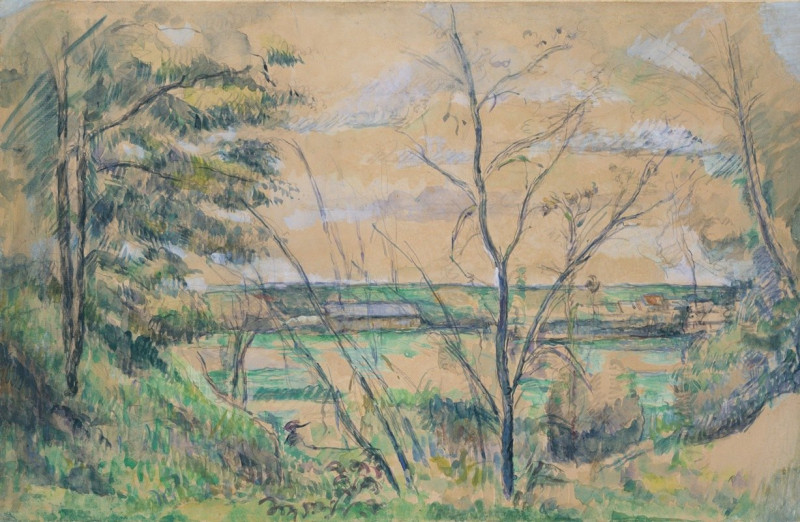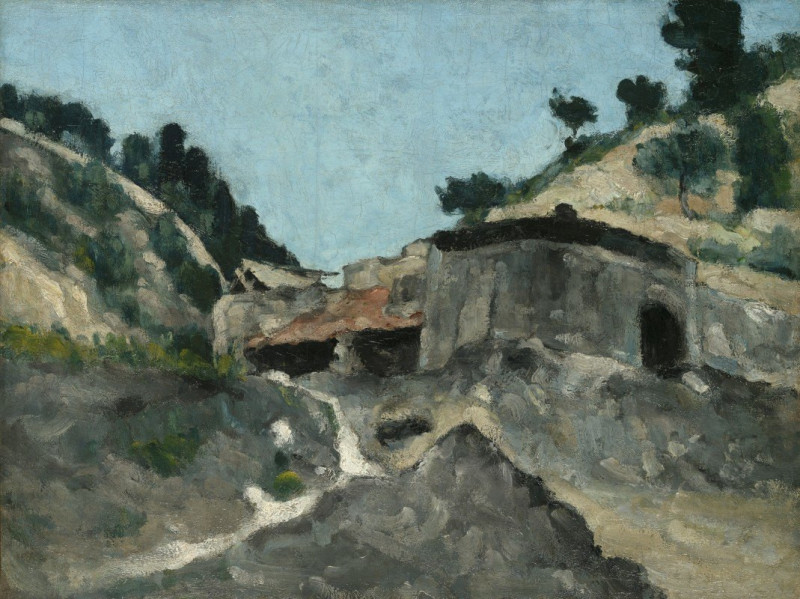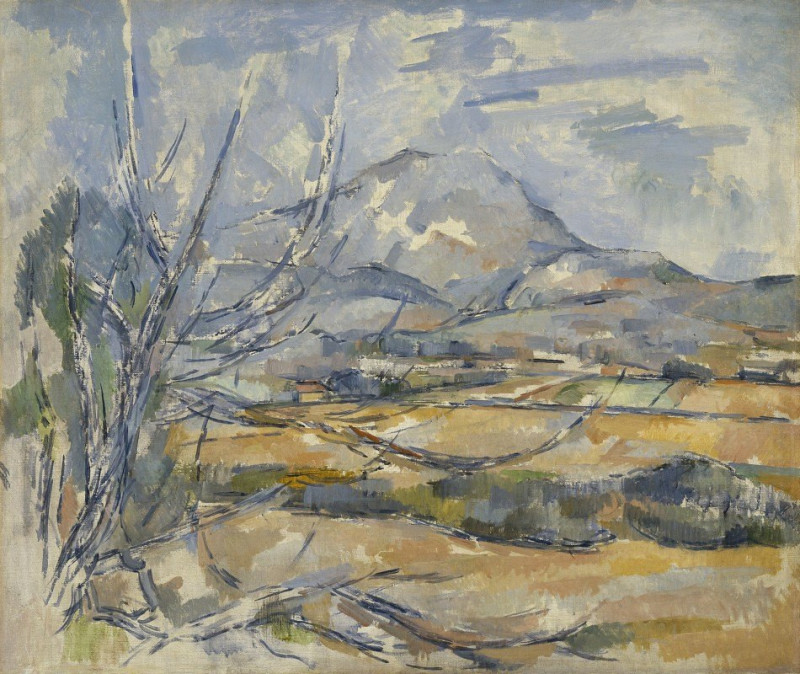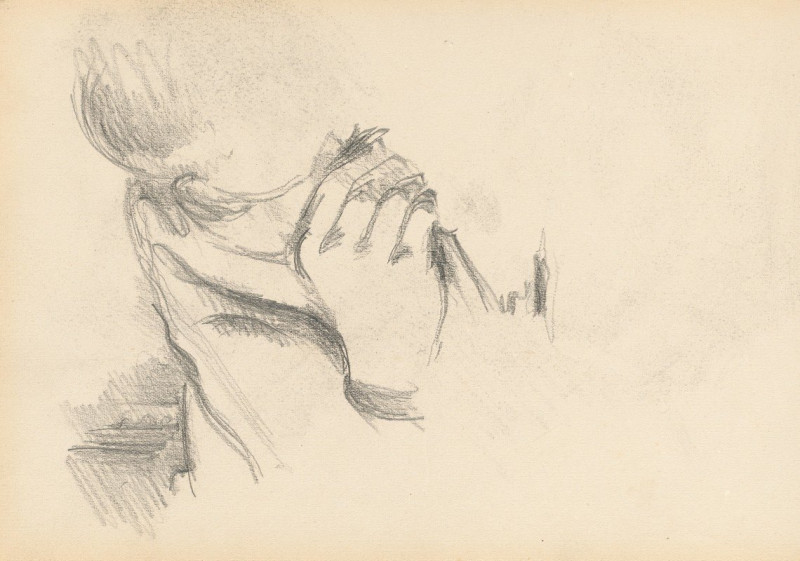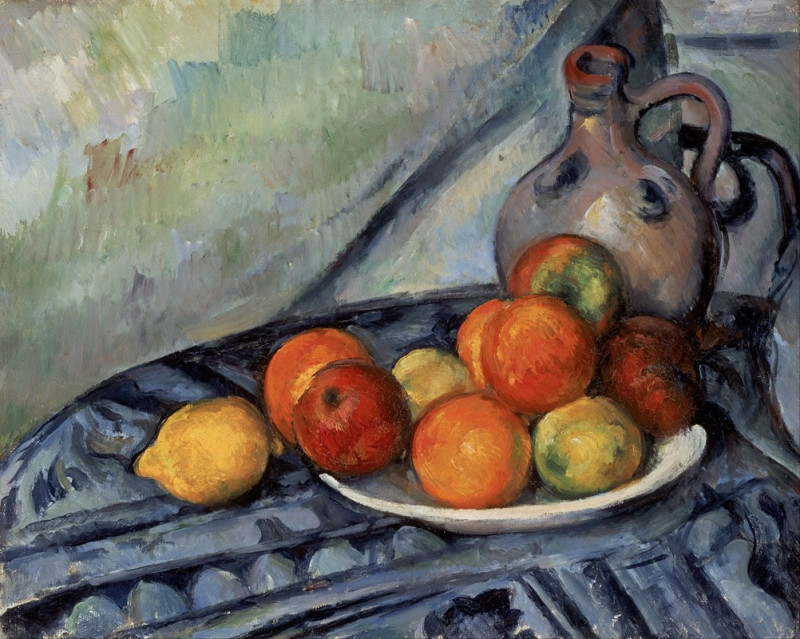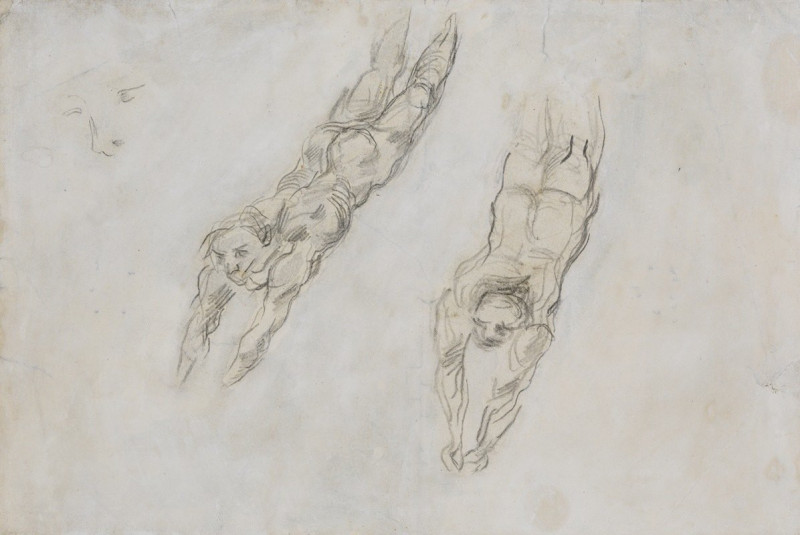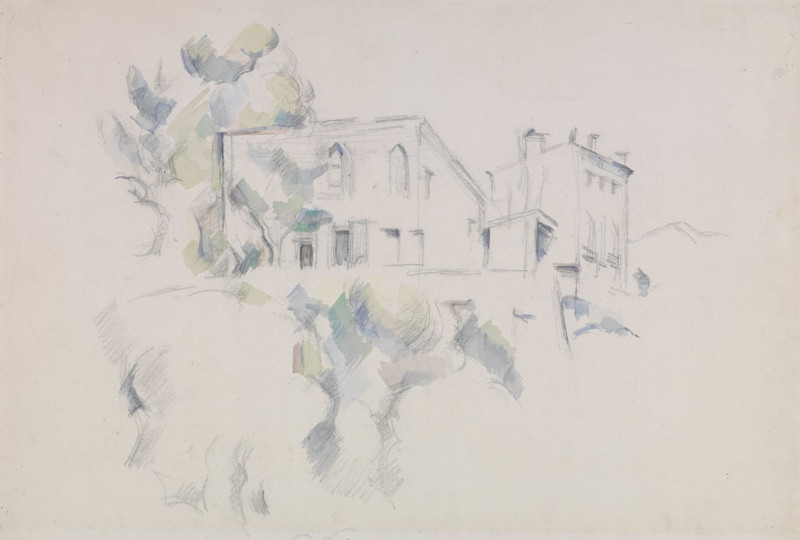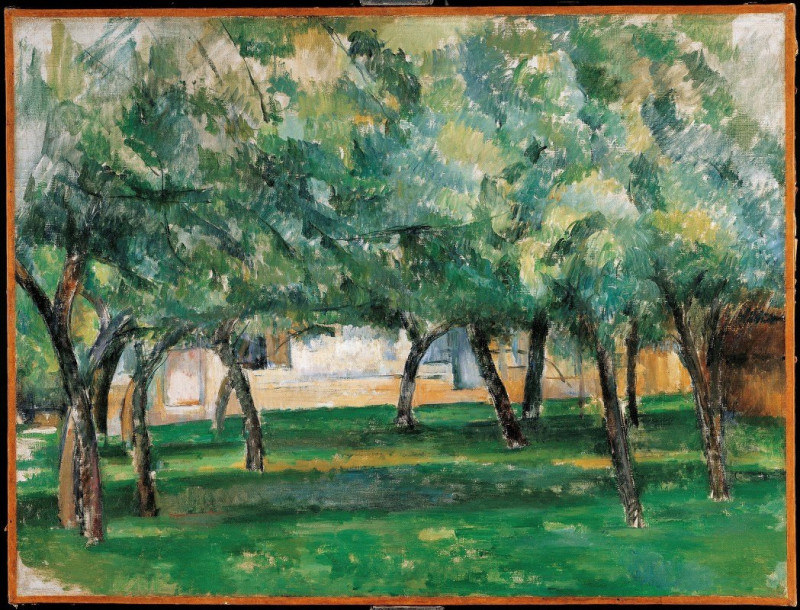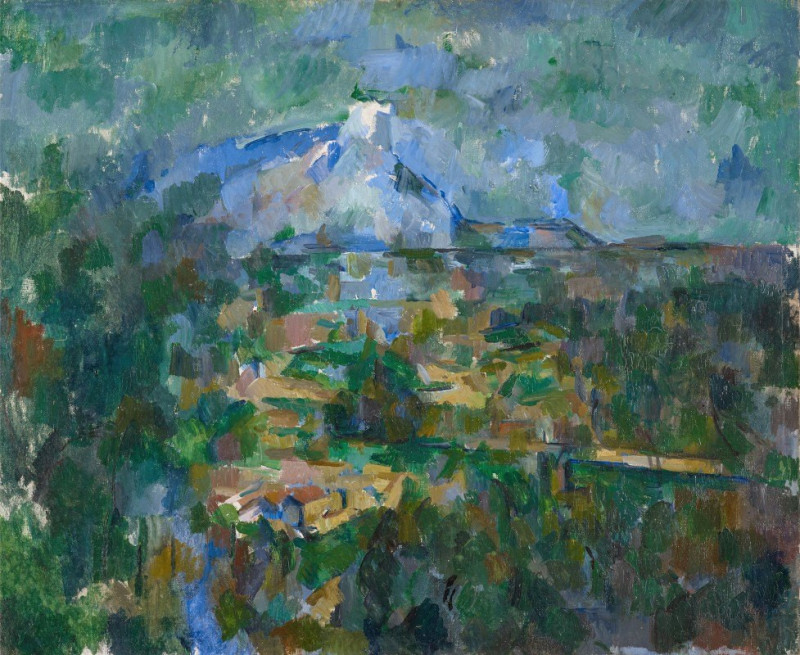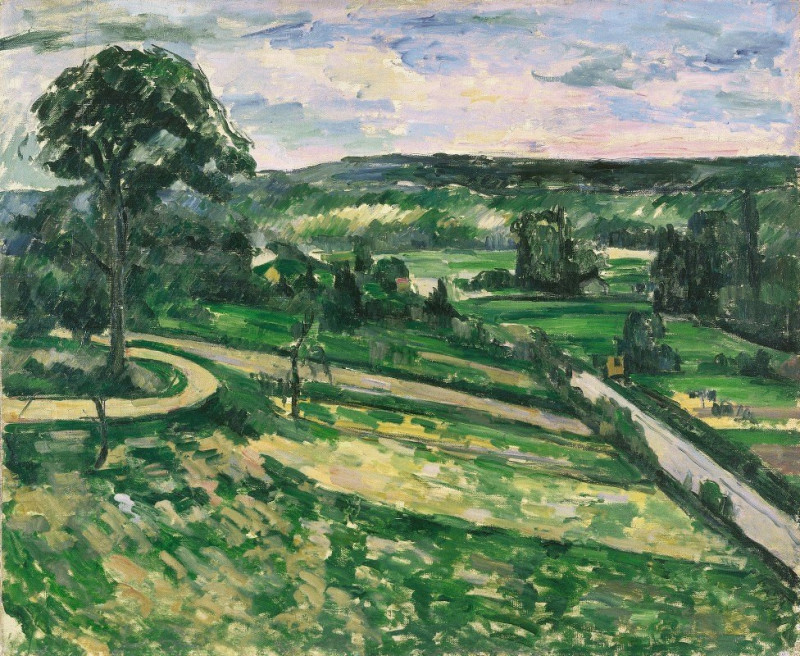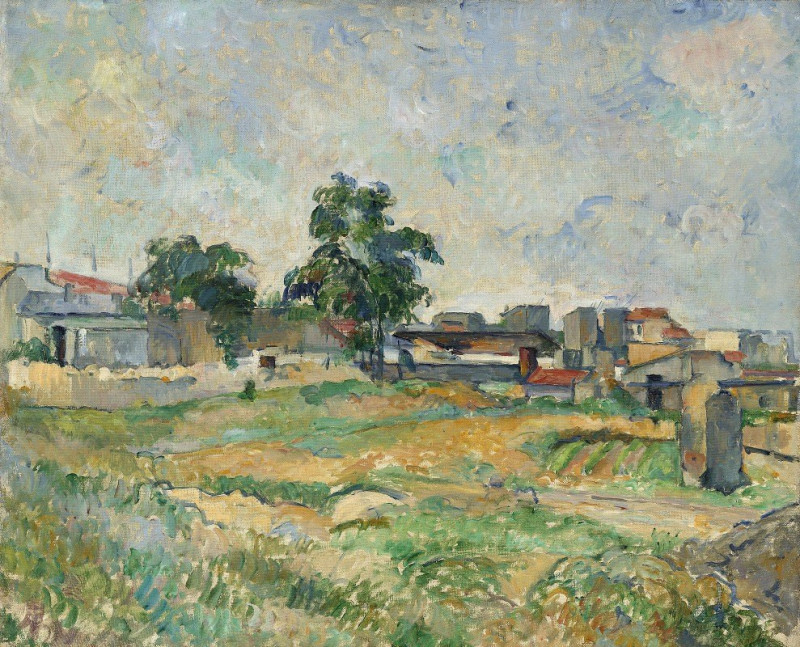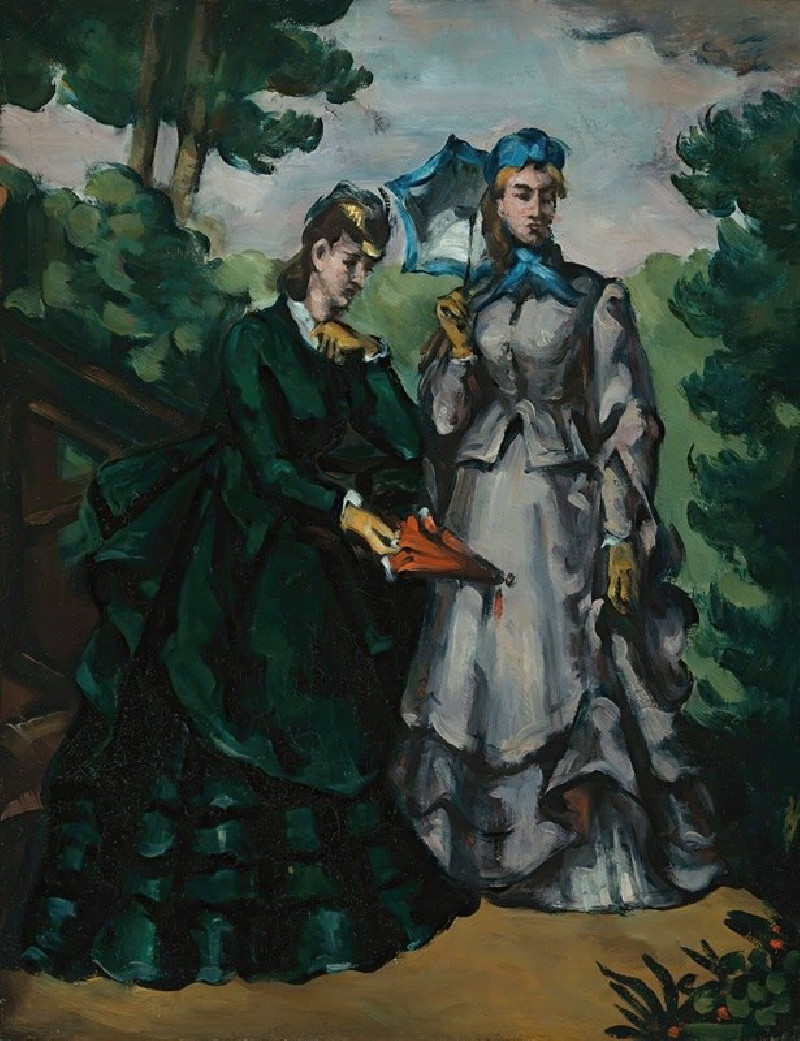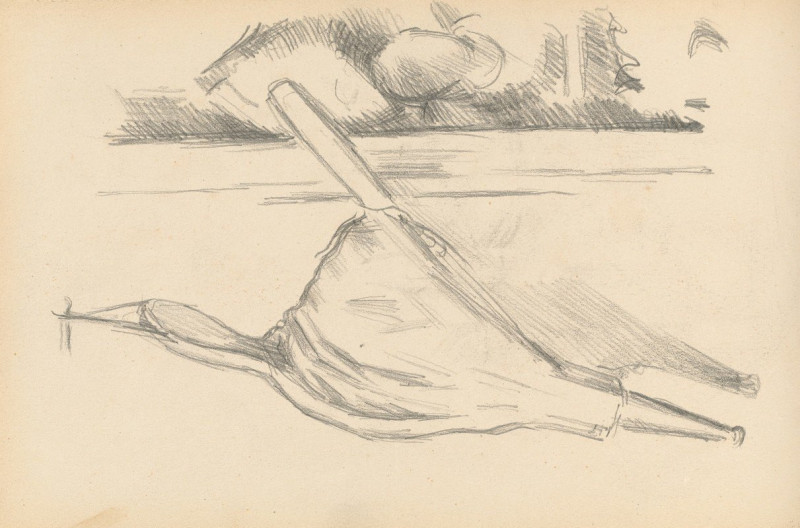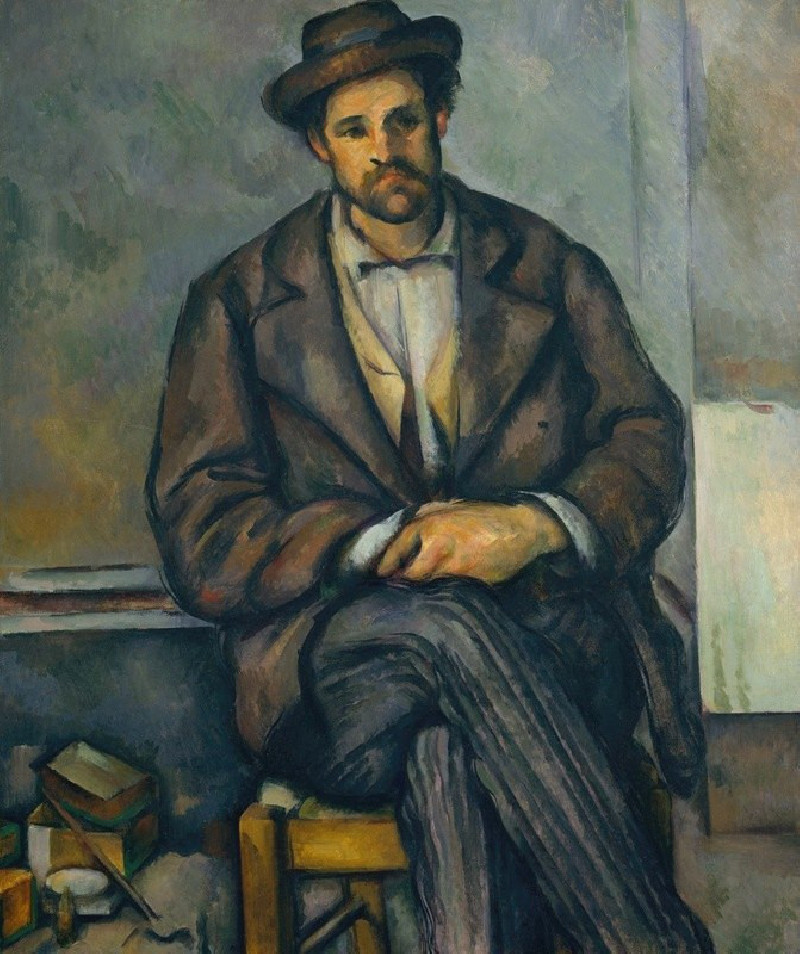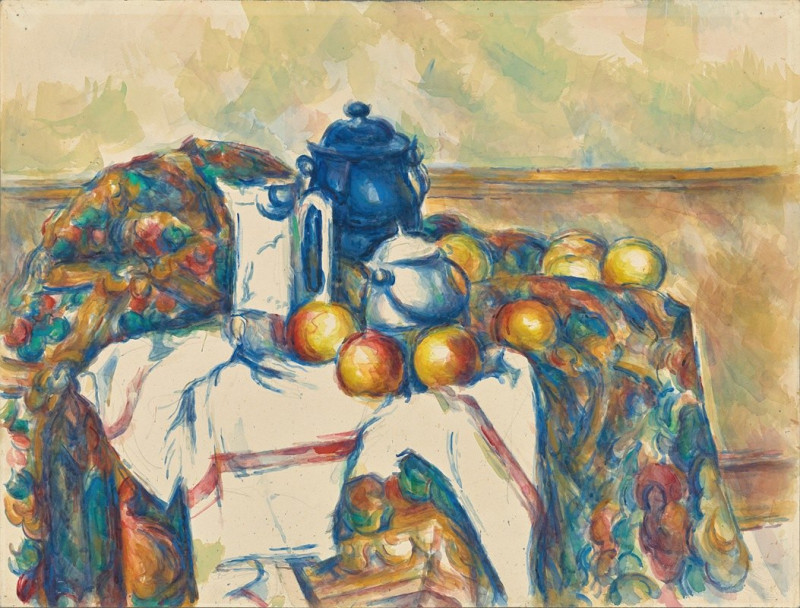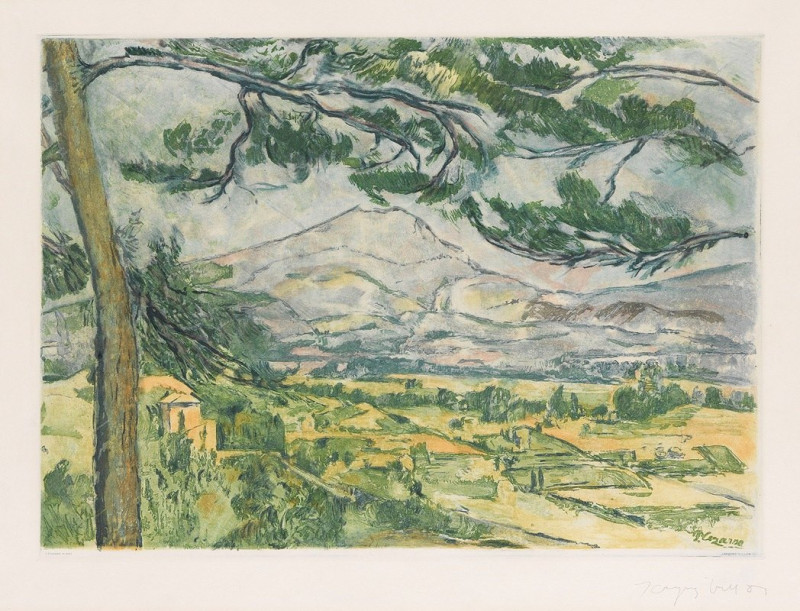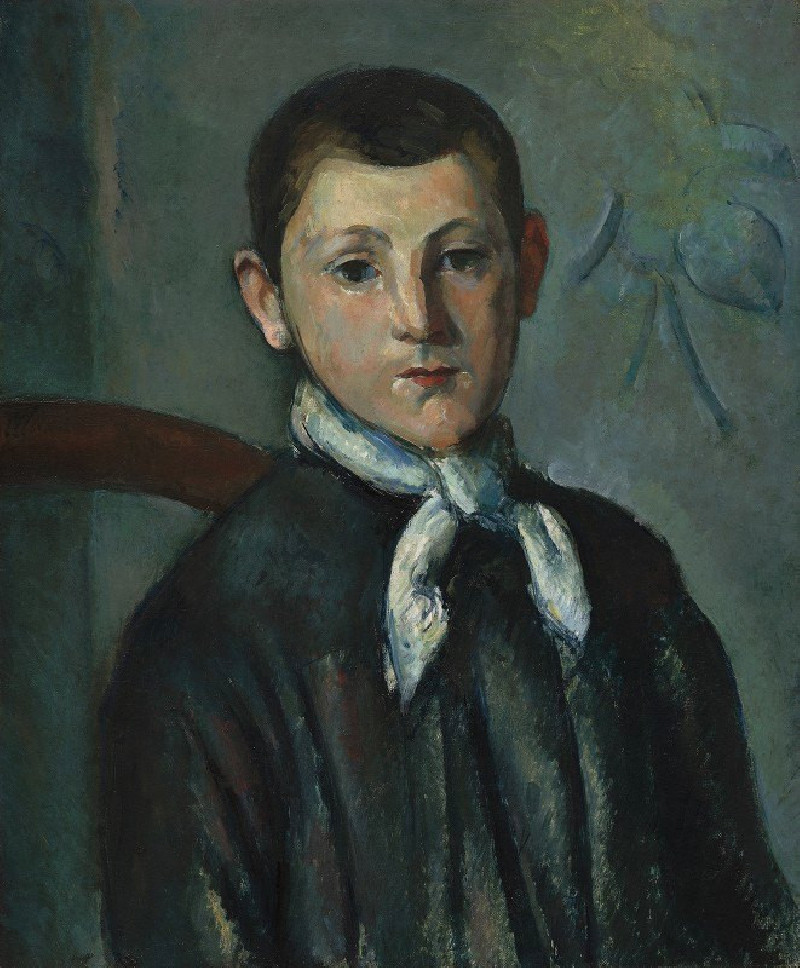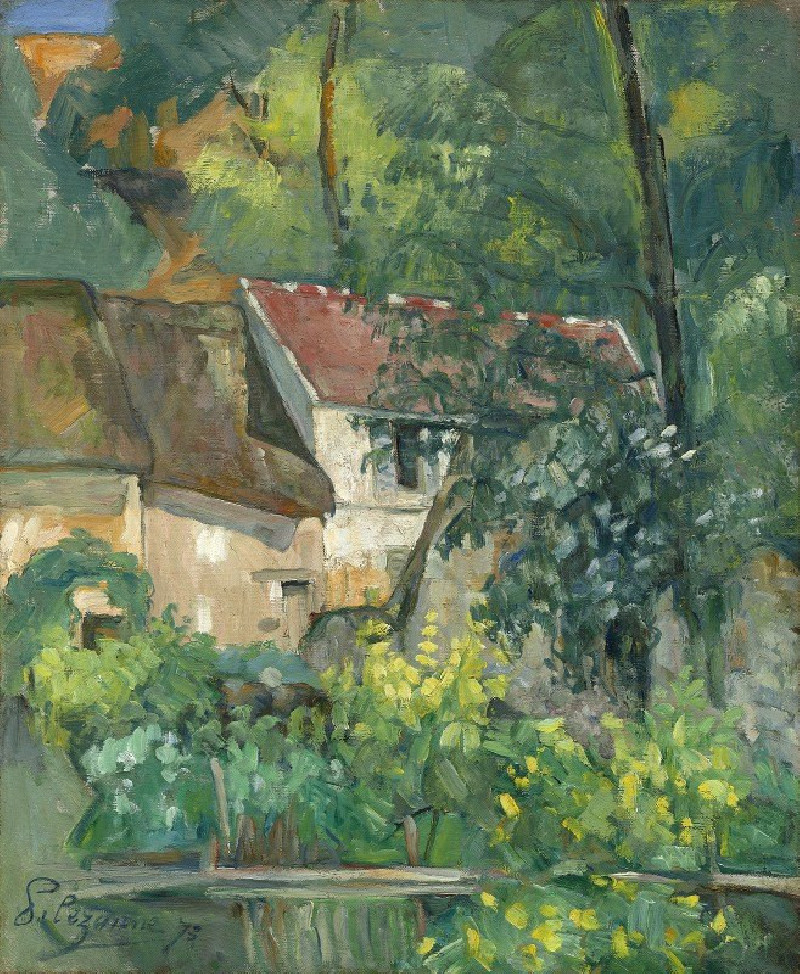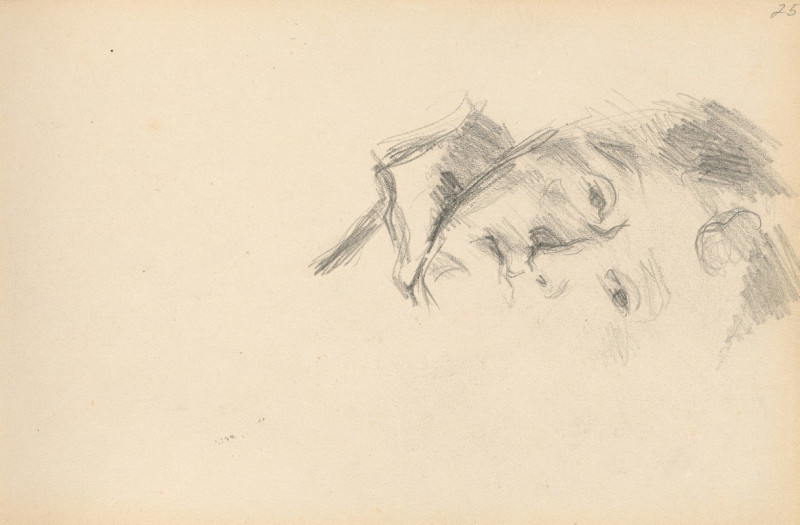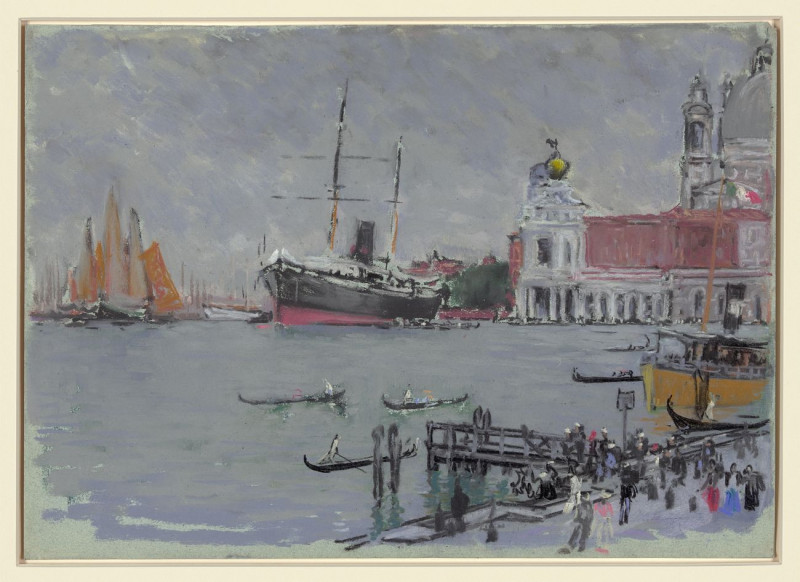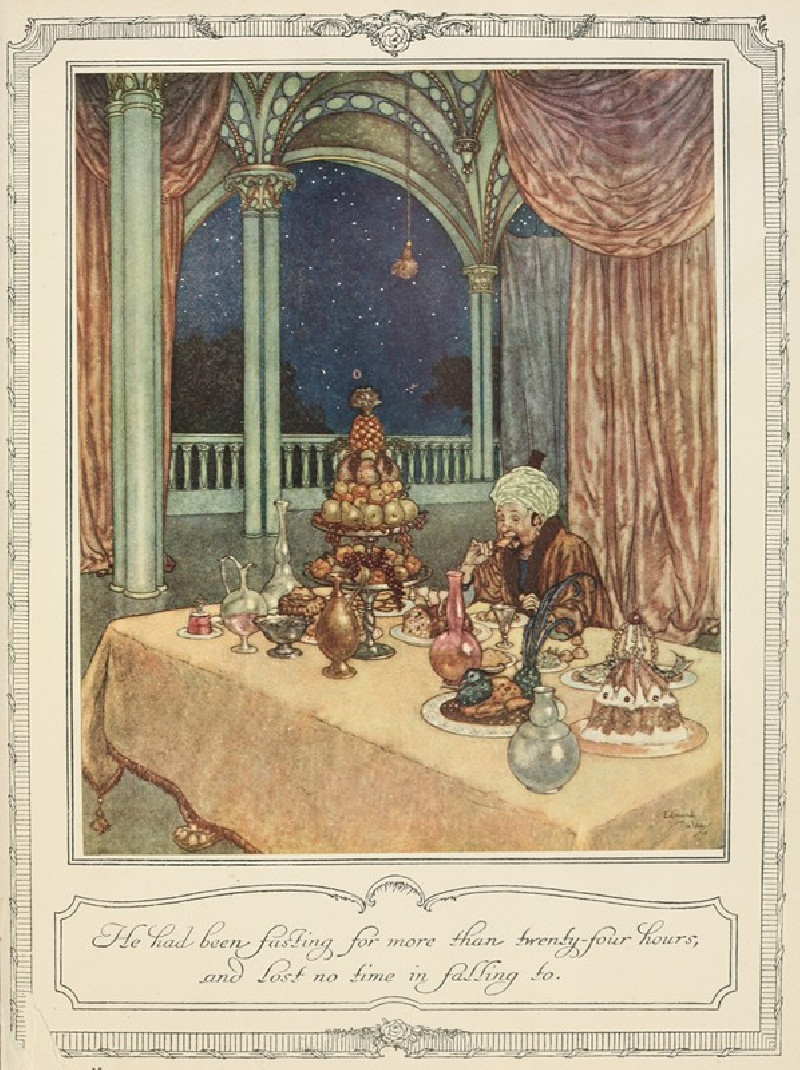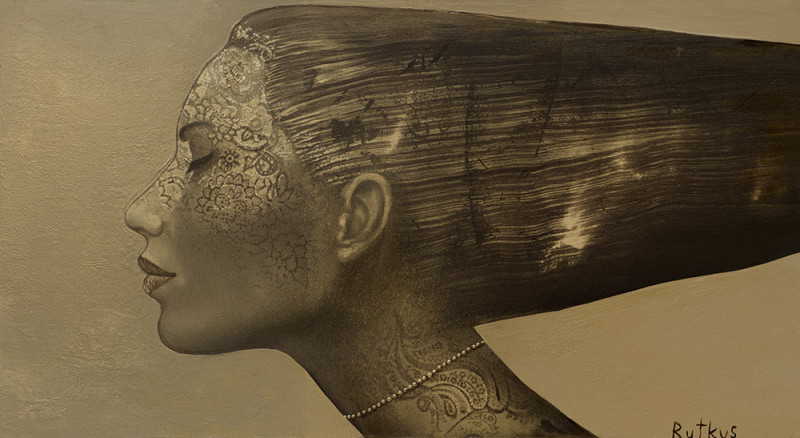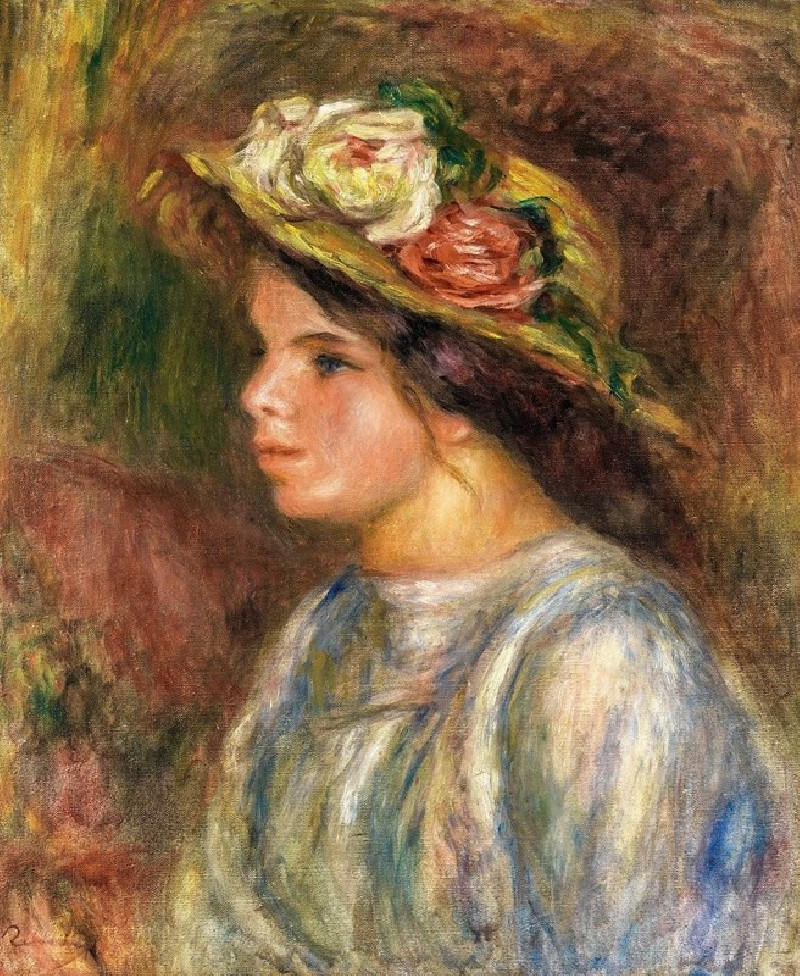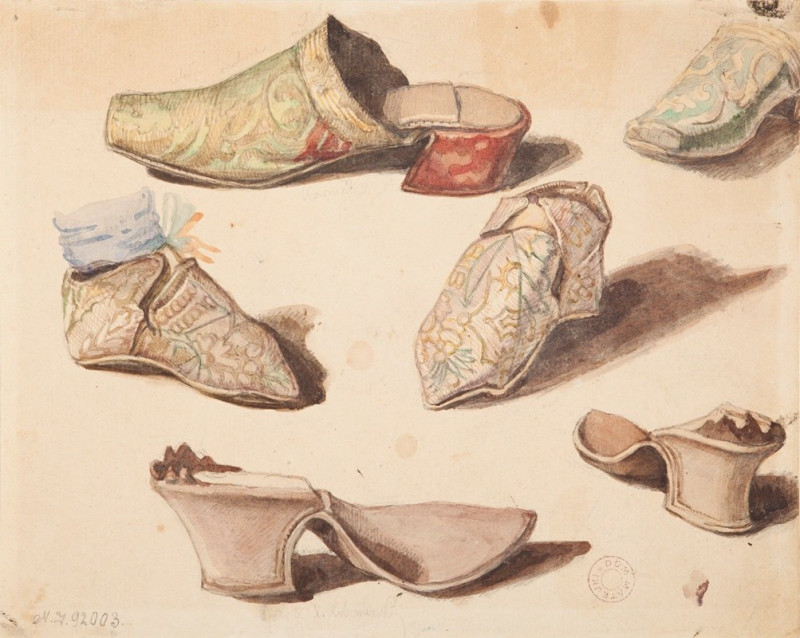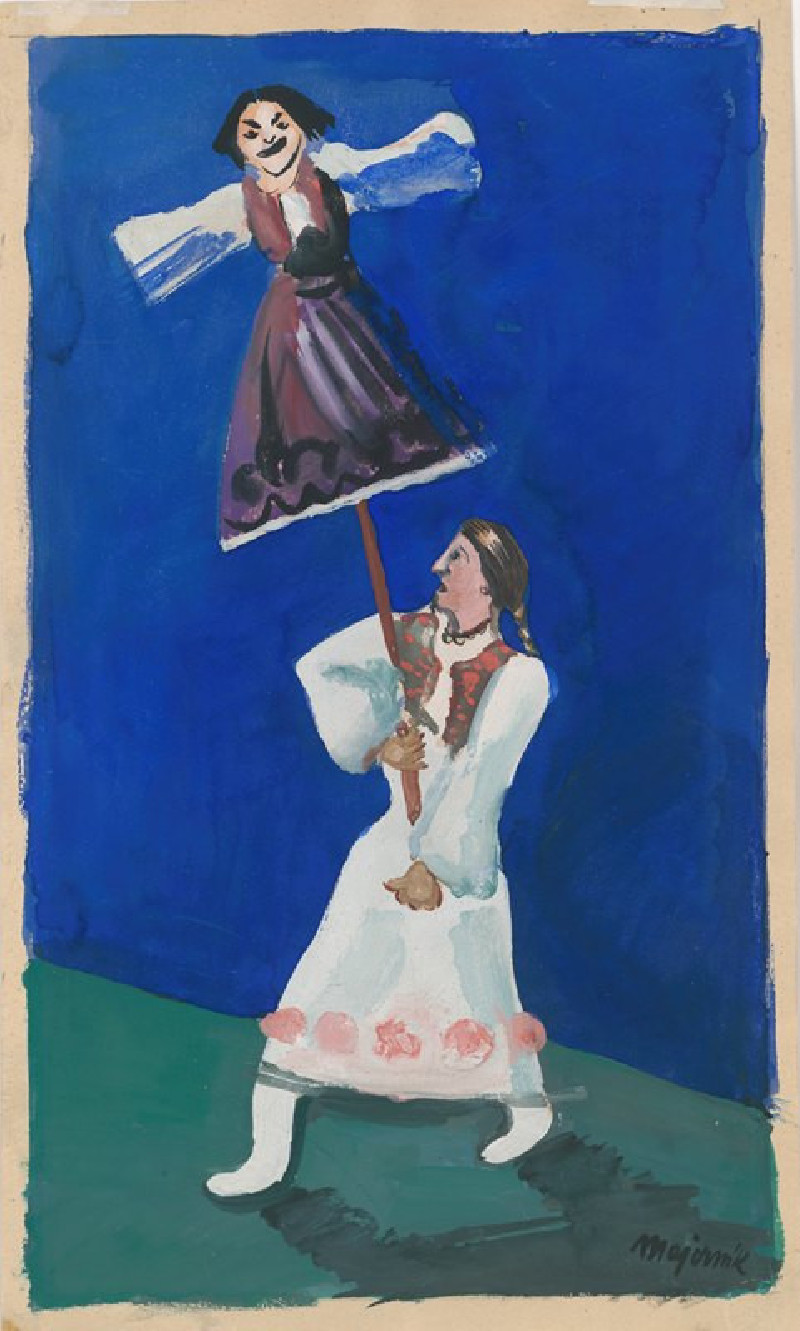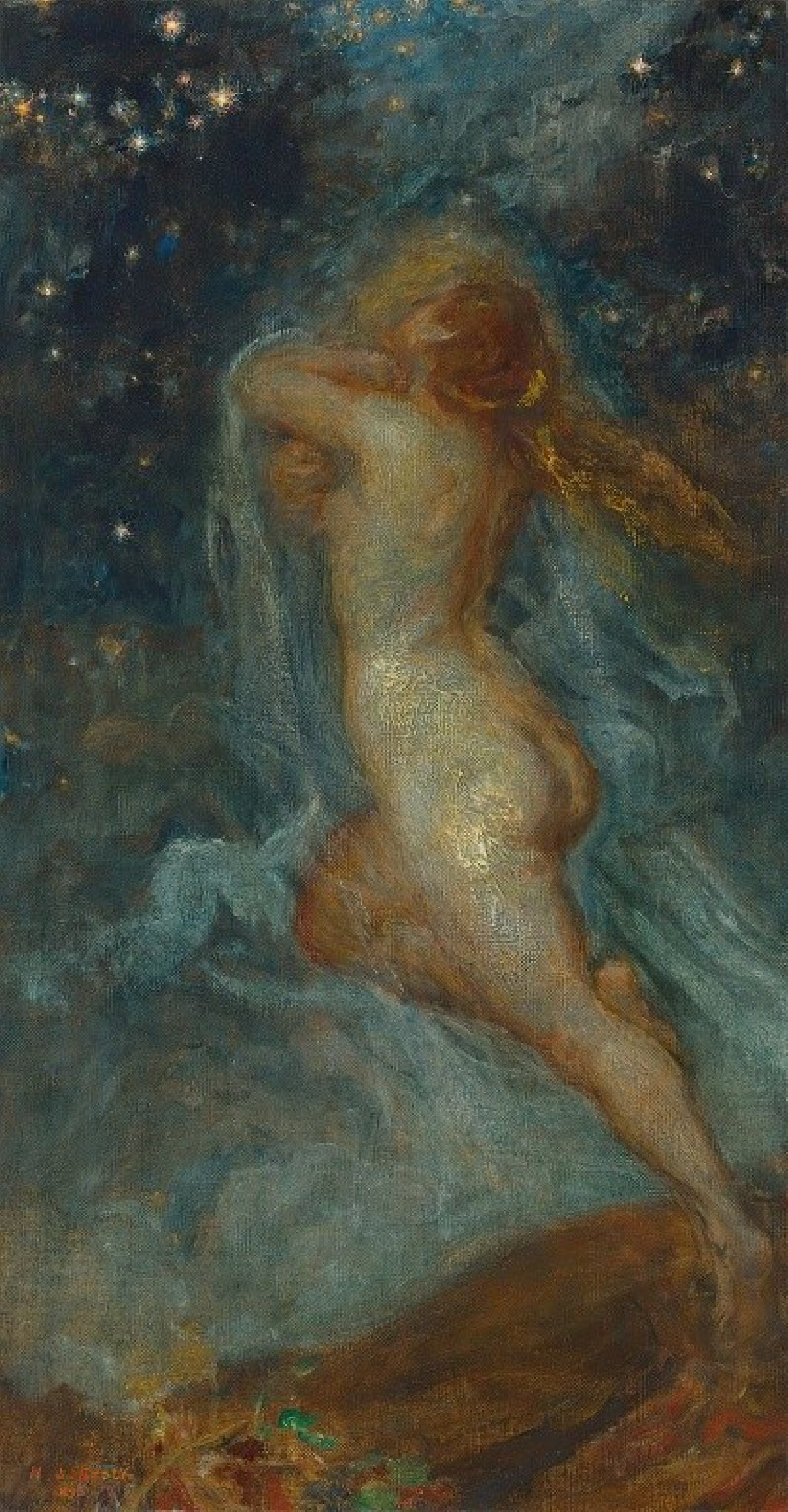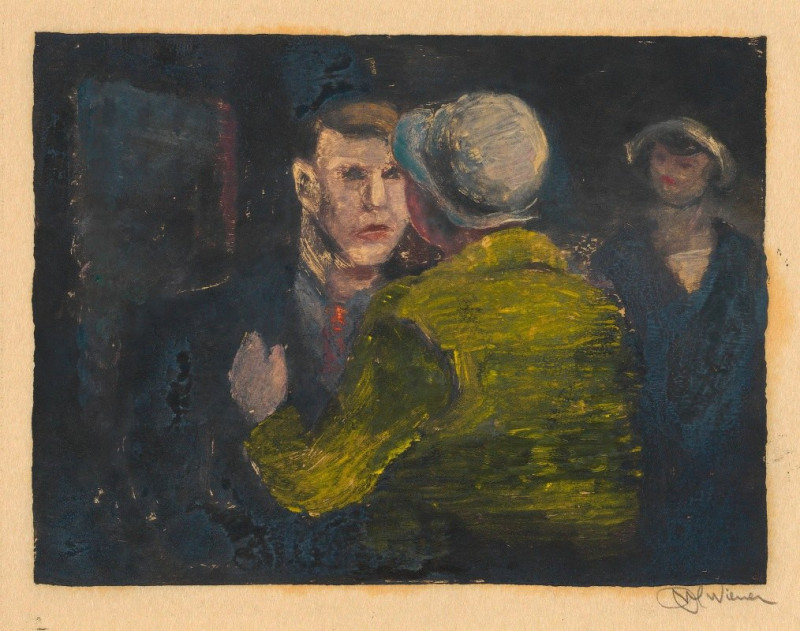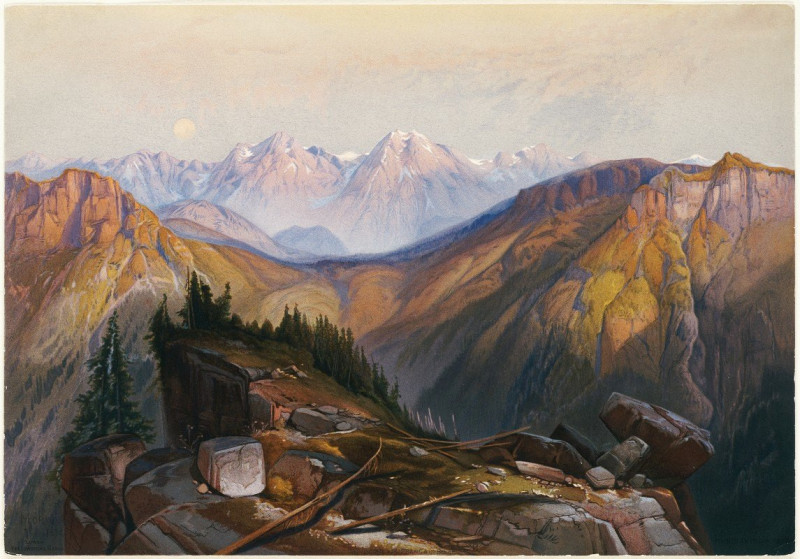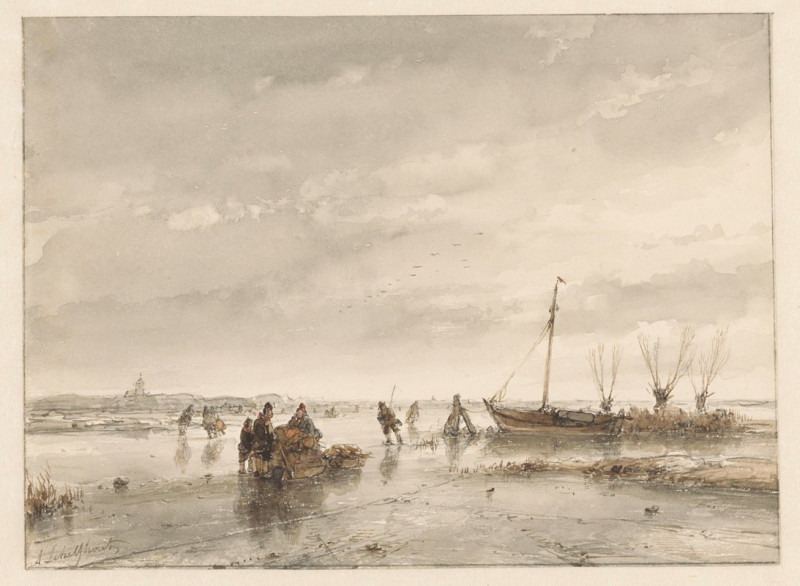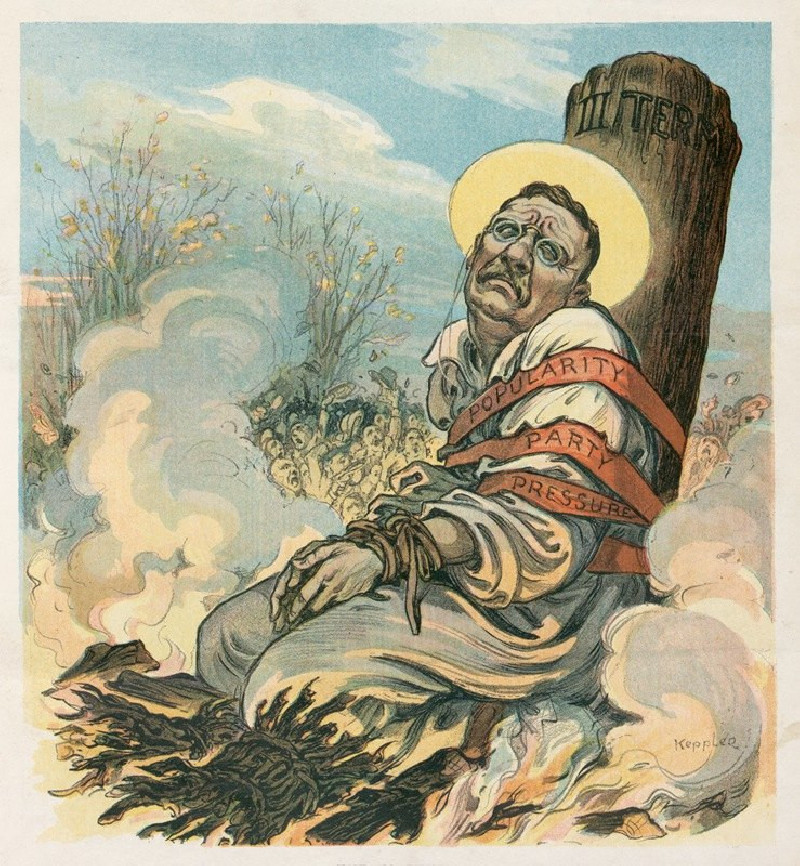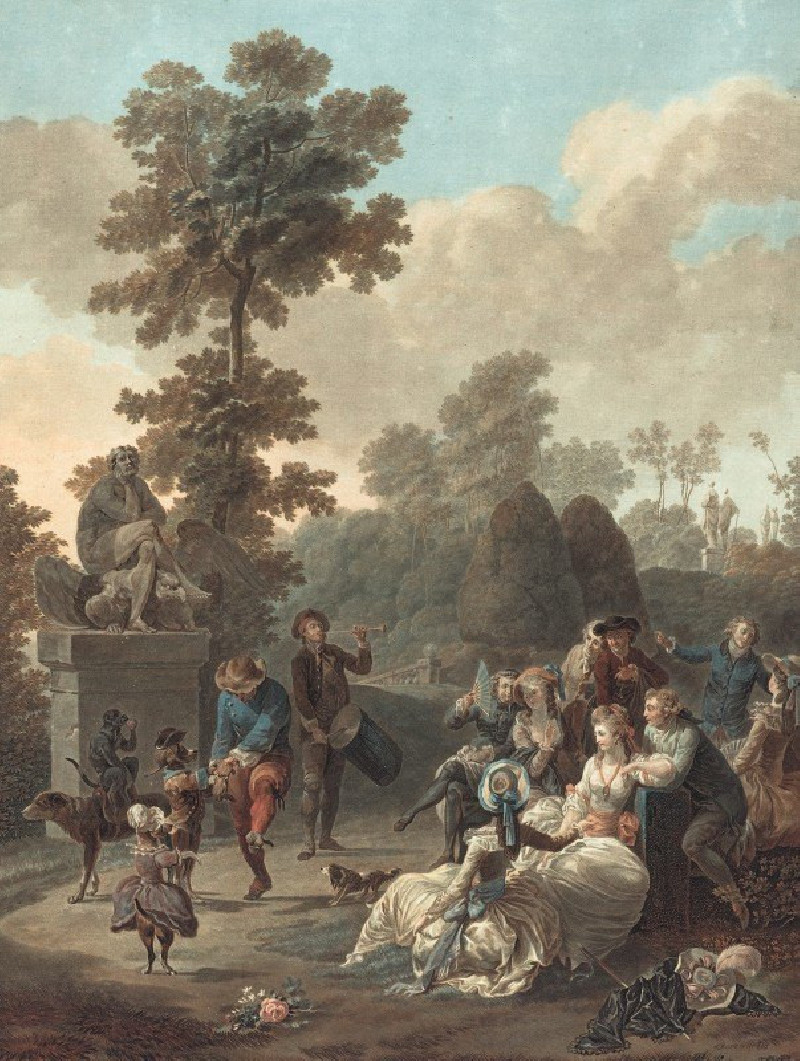Château Noir (from 1903 until 1904)
Technique: Giclée quality print
Recommended by our customers
More about this artwork
"Château Noir" is an enchanting landscape painting by the Post-Impressionist master Paul Cézanne, created between 1903 and 1904. This artwork captures the mysterious and somewhat secluded Château Noir nestled amidst lush greenery under a dynamic, expressive sky. The painting reveals Cézanne’s fascination with the play of light and shadow, and his preference for exploring the solidity of structures amidst nature through geometric forms and careful color modulation.In this evocative work, the viewer is presented with a rustic yellow and ochre building, its angular forms jutting out against a whirl of verdant foliage and a tumultuously painted blue sky. Cézanne employs bold, visible strokes that build up the surfaces and textures of the scene, conveying both the roughness of the natural environment and the rugged materiality of the architecture.The overall composition resonates with a quiet, almost introspective mood as it blends the ancient edifice with the wild, untamed environment around it, creating a harmonious interaction between man-made and natural elements.


